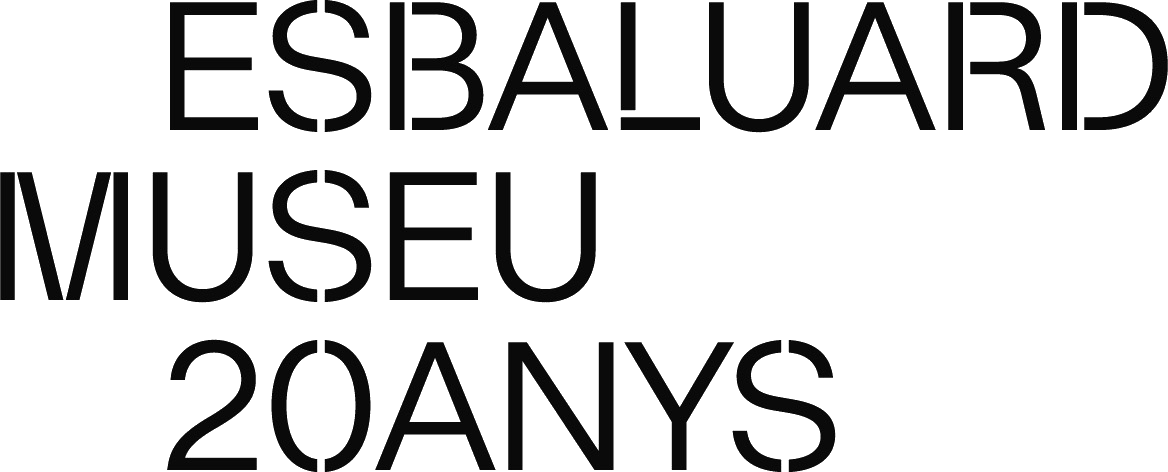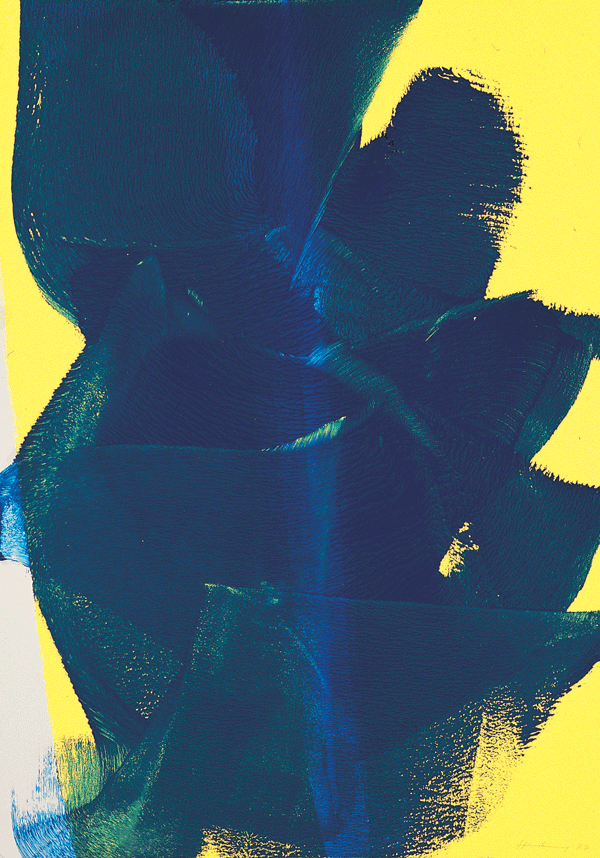He studied at the Hochschule für Bildende Künste Dresden (1925-1926) and in Munich (1928). He abandoned his studies because he felt they prevented him from fully developing his creativity, choosing instead to travel around Europe. From 1933 to 1934 he lived on Menorca where he built a house-workshop, being expelled from the island on an unfounded accusation of spying. He moved to Berlin, but with the establishment of Nazism finally settled in Paris where he met Kandinsky, Mondrian, Calder, González, Miró and Hélion, among others. His determination to fight against the Nazis led him to join the French Foreign Legion. He was recognised as a leading abstract artist following the 2nd World War and in 1947 and 1948 the Galerie Lidia Coti in Paris reviewed his work from 1922 onwards. These exhibitions displayed an early work entirely linked to the artistic debates being conducted among the intellectuals of the time. Experimentation was a constant feature throughout Hartung’s life, with his use of several techniques that renewed the idea of the act of painting. From 1955 to 1964 he frequently showed works at the Documenta in Kassel. He was awarded the Guggenheim Foundation Prize (1956); he received the Prize for Painting at the Venice Biennial (1960) and he became a member of the Académie des Beaux-Arts in Paris (1977). He settled in Antibes in 1973, where he died in 1989.
Hartung has been the subject of exhibitions in the Palais des Beaux-Arts, Brussels (1954), the Galleria Civica d’Arte Moderna e Contemporanea in Turin (1956, 2000), the Musée National d’Art Moderne in Paris (1969), the Metropolitan Museum of Art in New York (1975-1976), and the Aichi Prefectural Museum of Art in Nagoya, Japan (1999). His work is present in such public and private collections as those of the Museum of Contemporary Art, the Solomon R. Guggenheim Museum and the Metropolitan Museum of Art (New York), the Tate Collection (London), the Neue Nationalgalerie (Berlin), the Museum Ludwig (Cologne), the Moderna Museet (Stockholm), and the Musée National d’Art Moderne (Paris).
E.B.




